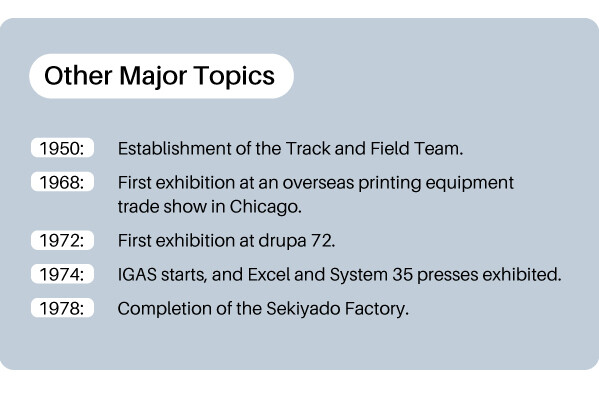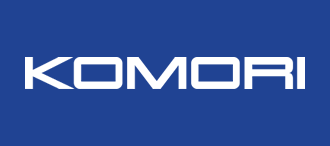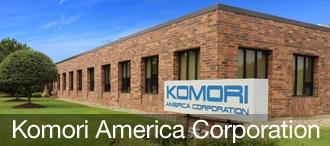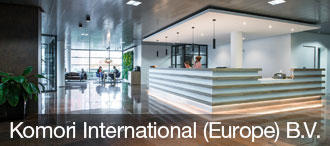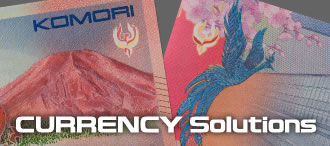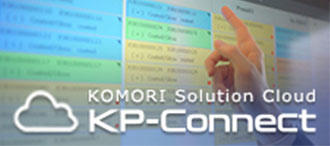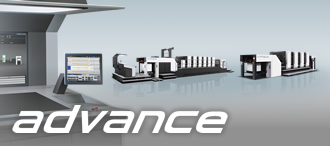Komori's 100-Year Journey Part 1: Founding and Growth Periods
From Founding in 1923 to the 1970s
26 July 2023
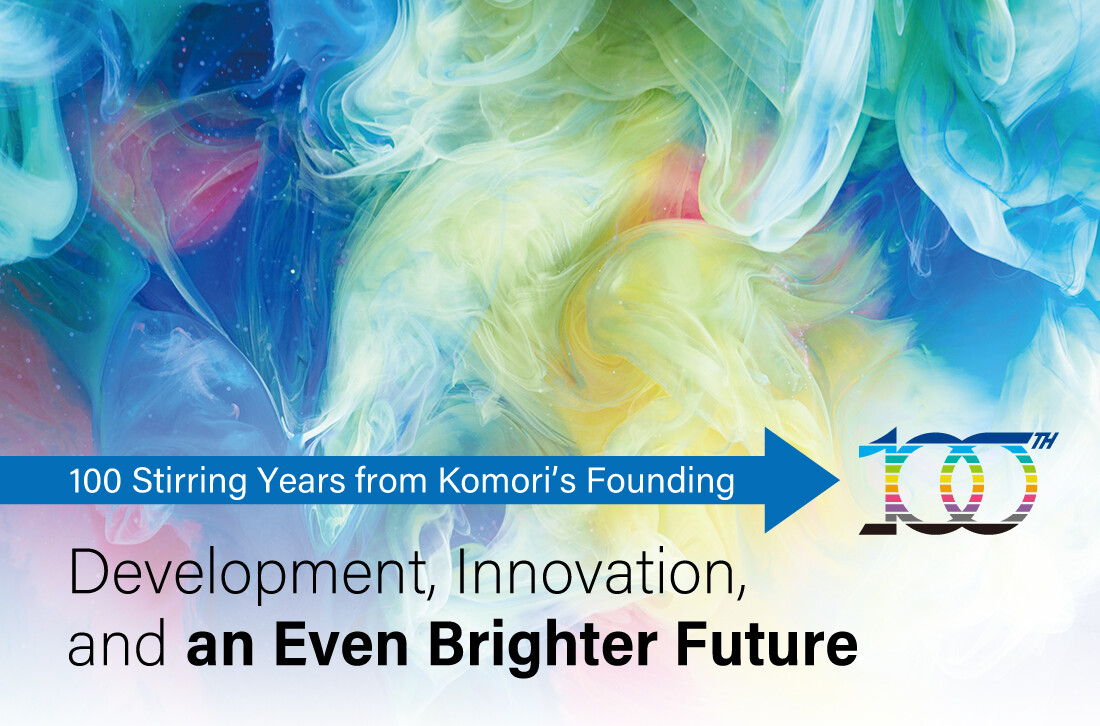
Komori's 100-year journey has not been smooth and easy. The company has overcome numerous challenges and transitional periods along with its customers, including its founding right after the Great Kanto Earthquake, the destruction of the factory during the war, the long, chaotic post-war reconstruction period, the oil crisis, and the Lehman Shock. Through these adversities, Komori has grown and established its current foundation. Let's take a look back at its journey, divided into four periods: the "founding period" after the Great Kanto Earthquake to World War II, the "growth period" following the company's restart after the war, the "leap forward period" when Komori achieved global recognition, and the "transformation period," the era of worldwide change leading to the present.
Founding Period: From the Founding after the Great Kanto Earthquake to World War II
Fifty days after the Great Kanto Earthquake, on October 20, 1923, Komori started its journey when the Komori brothers, Zenshichi and Yoshikazu, established Komori Machine Works to repair and rebuild damaged printing machinery. In 1925, the company successfully completed a lithographic roll printing press, and the following year, it began developing offset printing machines. In 1928, the company developed its first offset model, a 32-inch manual sheetfed offset press. In 1930, Komori developed a fully automatic large-size offset printing press and delivered it to a major printing company. During this time, Komori accumulated unique technological expertise and obtained a patent for their revolutionary adjustable ink roller oscillation timing, solidifying their reputation as experts in printing technology. In 1933, the company underwent a name change, becoming Komori Printing Machine Works. Just as Komori was poised for further growth, Japan entered World War II.
However, printing was one of the industries that quickly recovered after the war, and Komori resumed production. In 1946, they restructured as Komori Printing Machinery Manufacturing Co., Ltd., with Zenshichi Komori assuming the position of president.
■ Timeline
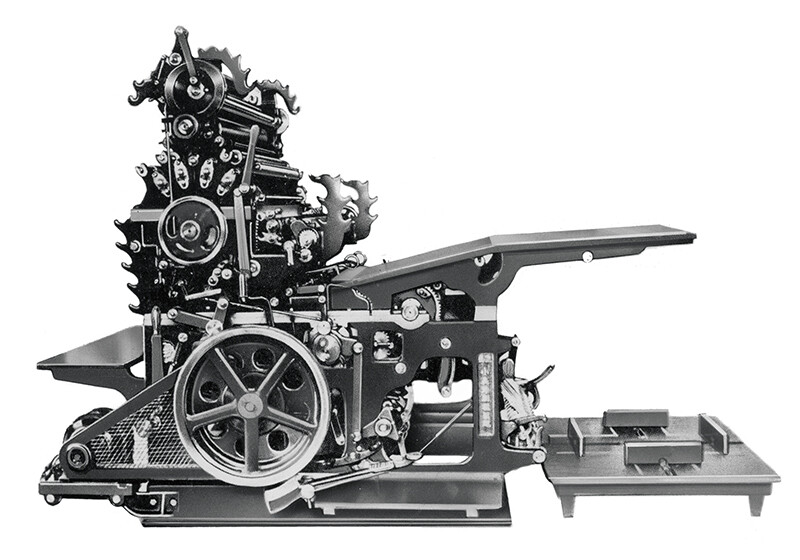
1928: Development of a manual sheetfed 32-inch offset press.
The technology later evolved into adjustable ink roller oscillation timing.
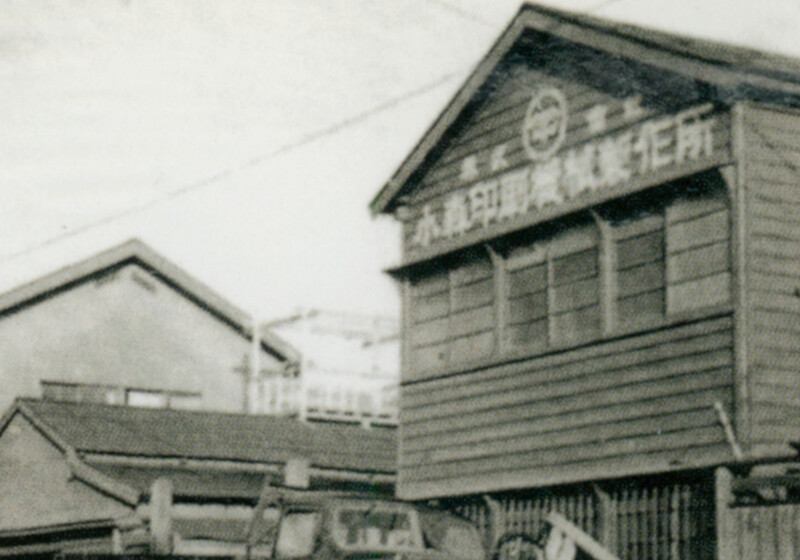
1933: Changed the company name to Komori Printing Machine Works.
Added the characters "printing" to the company name.
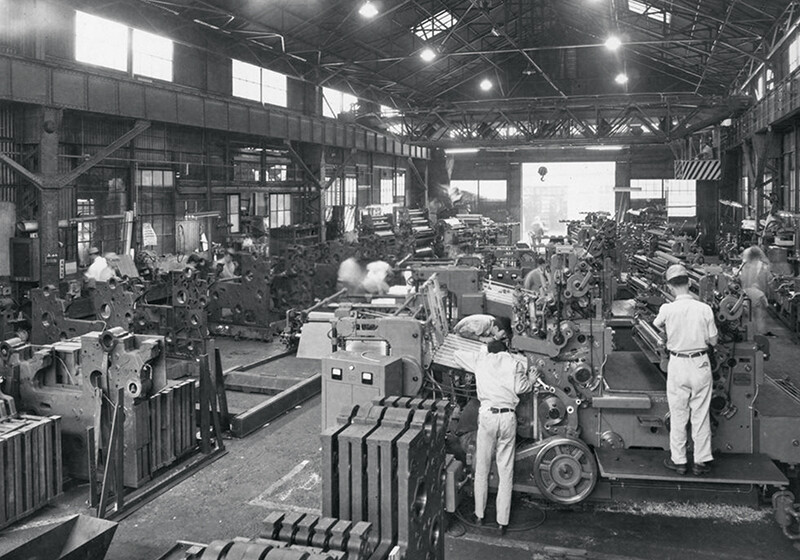
1946: Reorganized as Komori Printing Machinery Manufacturing Co., Ltd.
Factory at that time
Growth Period: Restarting After the War
The growth phase of Komori marked a significant transition from letterpress to offset printing, driving a surge in demand for printing. In 1950, Komori established the Adachi Plant and took a momentous stride by laying the foundation for automation and high-speed capabilities of offset printing machines. Within a year, the company achieved the completion of a fully automatic 32-inch two-color press. This machine garnered positive feedback, gradually solidifying Komori's reputation for offset expertise.
As the market for offset printing machines expanded exponentially, Komori bolstered its headquarters functions and production system. The Adachi Plant commenced the manufacturing of a wide range of printing machines, encompassing sheetfed to webfed presses and banknote printing machines of various types, sizes, and models. Furthermore, Komori embarked on its overseas expansion, making its first exports of offset presses in 1952 (to Thailand and the Philippines), followed by the export of fully automatic high-speed offset presses to North America in 1956. In 1958, Komori received an order from the Japan Printing Bureau, Ministry of Finance, for a two-color sheetfed letterpress banknote printing machine, marking the company's full-fledged advance into the currency printing field.
Throughout the 1960s and 1970s, Komori adopted a policy of integrated sales and service, relentlessly striving to enhance its sales and service capabilities. To achieve this, the company opened offices and branches across different regions. In 1968, Komori established the Komori Printing School. As the first such initiative in the printing machinery industry, the school served as a pioneering platform for studying printing technology and improving services for users.
■ Timeline
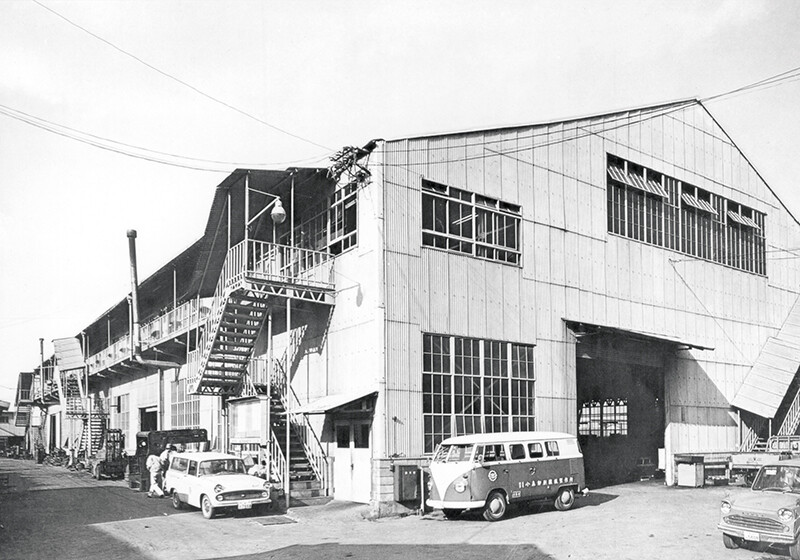
1950: Commencement of Adachi Factory operations.
Adachi Factory
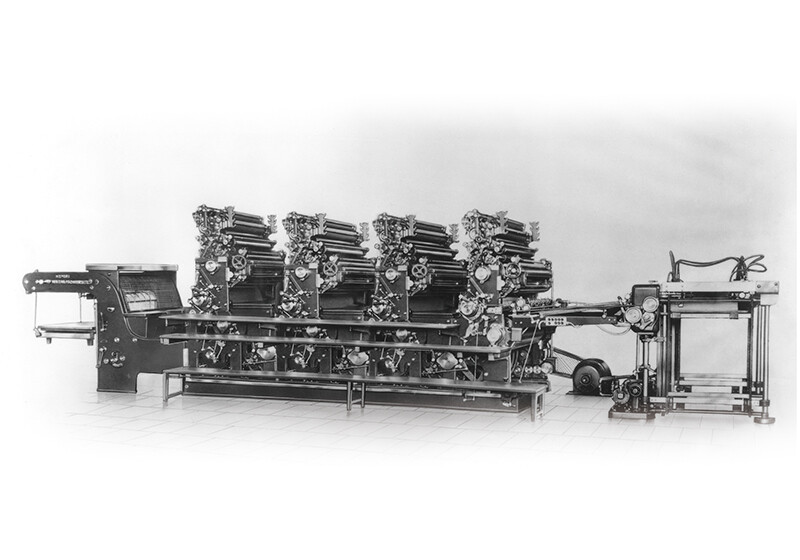
1957: Development of the first 43-inch four-color sheetfed offset printing press, UM-4C.
UM-4C: 43-inch four-color sheetfed offset printing press
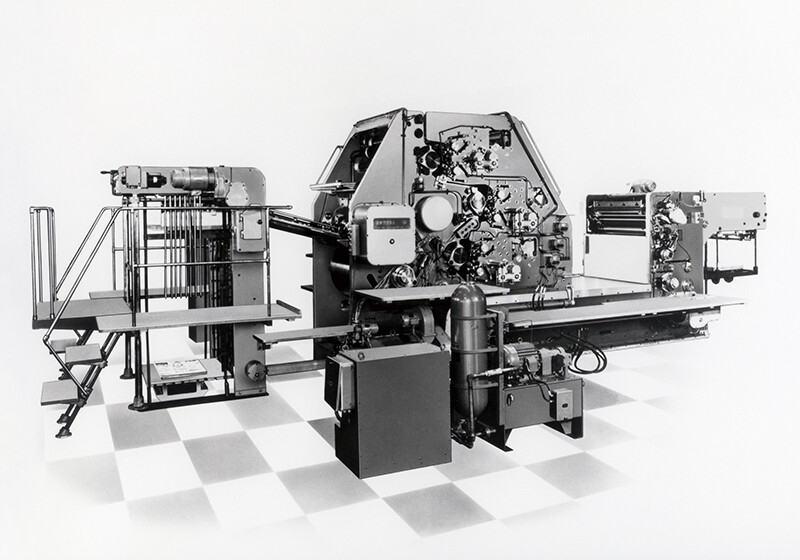
1958: First delivery to the Japan Printing Bureau, Ministry of Finance, marking Komori's advance into the currency printing field.
LT-331 press, developed in 1961.
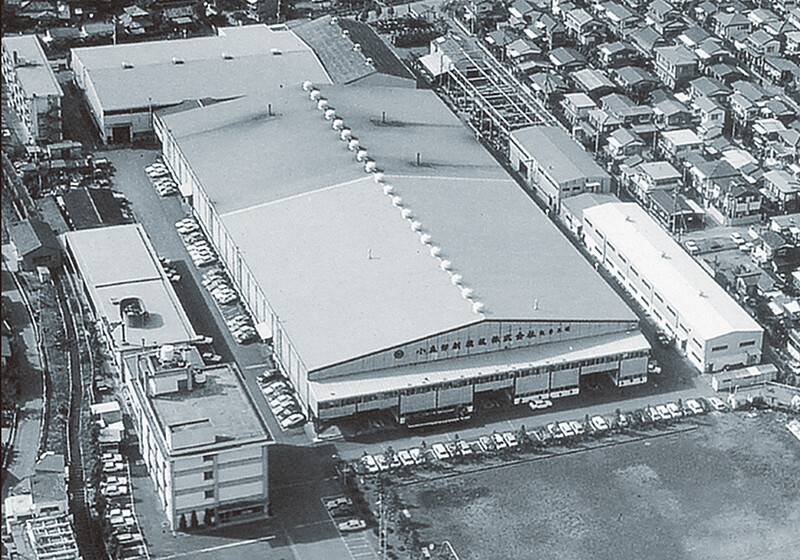
1967: Completion of the Toride Factory
Completion of the Toride Factory, where groundbreaking new products like the New Kony and High Kony were developed.
